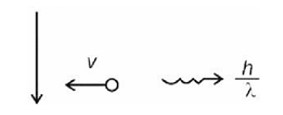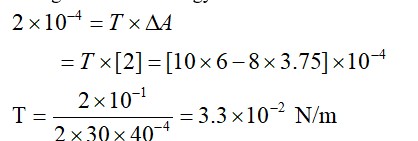If 'f' denotes the ratio of the number of nuclei decayed (Nd) to the number of nuclei at t = 0 (N?) then for a collection of radioactive nuclei, the rate of change of 'f' with respect to time is given as: [λ is the radioactive decay constant]
If 'f' denotes the ratio of the number of nuclei decayed (Nd) to the number of nuclei at t = 0 (N?) then for a collection of radioactive nuclei, the rate of change of 'f' with respect to time is given as: [λ is the radioactive decay constant]
Option 1 -
λe⁻ˡᵗ
Option 2 -
λ(1 - e⁻ˡᵗ)
Option 3 -
-λ(1 - e⁻ˡᵗ)
Option 4 -
-λe⁻ˡᵗ
-
1 Answer
-
Correct Option - 3
Detailed Solution:f = (N? - N? (e? )/N?
f = 1 - e?
df/dt = 0 - e? × -λ = λe?
Similar Questions for you
Kindly go through the solution
Change in surface energy = work done
|DE0| = –10.2

]
= 3 m/s
n = 4
Number of transitions =
Kinetic energy: Potential energy = 1 : –2
Taking an Exam? Selecting a College?
Get authentic answers from experts, students and alumni that you won't find anywhere else
Sign Up on ShikshaOn Shiksha, get access to
- 66k Colleges
- 1.2k Exams
- 680k Reviews
- 1800k Answers


